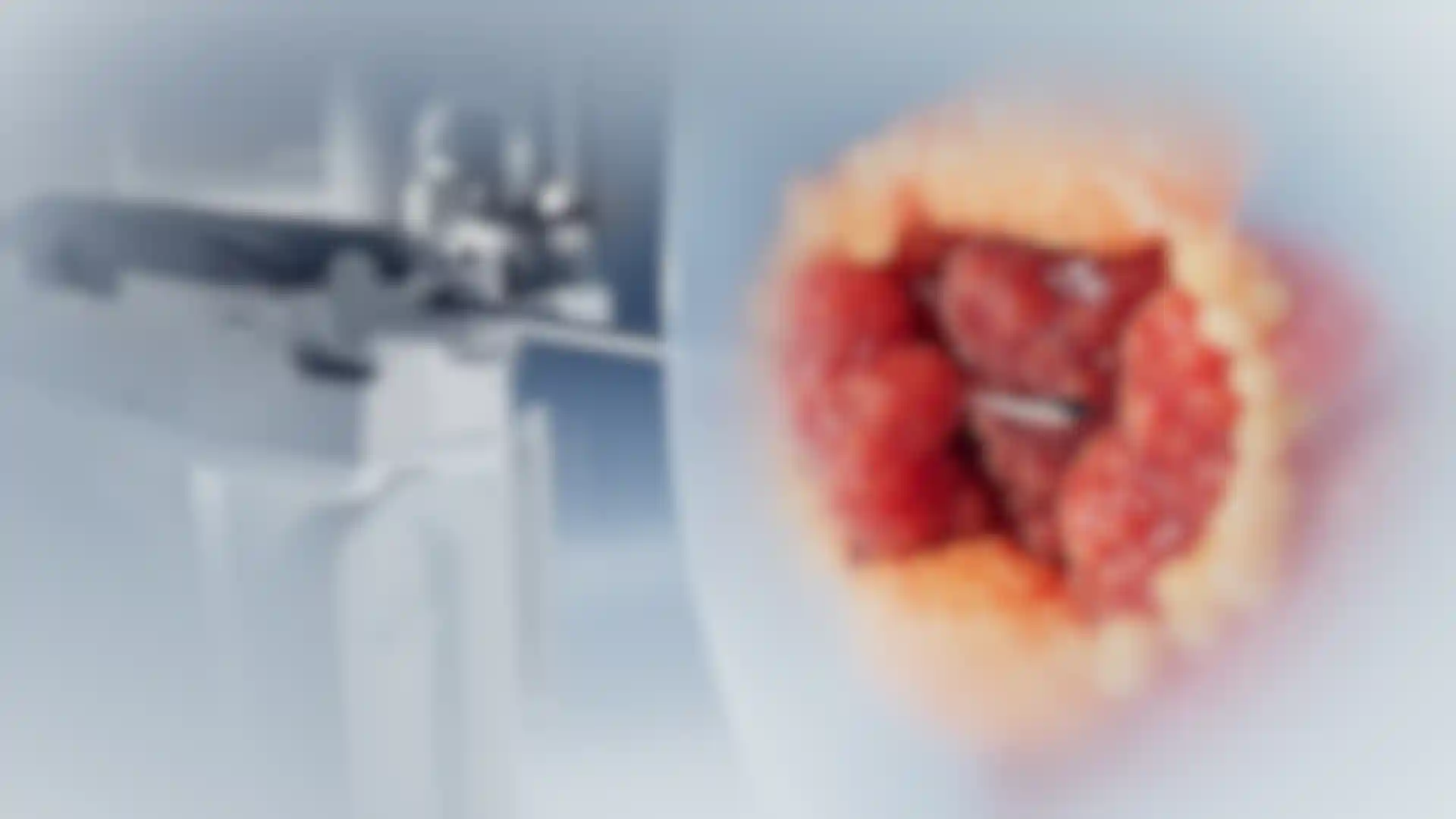
The Art of Medical Animation How Maxim Savitskas and his team use Maxon One to visualize the complexities of medical science.
Ukrainian artist Maxim Savitskas builds intricate, beautiful worlds to visualize everything from organ function to drug interactions. Accuracy is key in medical animation, so his visuals and animations are creatively compelling while also staying true to the subject matter.
It's a specialty many creatives aren’t up for, but Savitskas loves a challenge as much as he loves good collaboration, and we talked with him recently about his work and the team he trusts.
How did you get started with 3D?
Savitskas: My first attempt at doing something in CG was in 2008 when I recorded some interesting moments from the game “Counter-Strike,” and created a video. I did some editing, and effects, and I added music. I also tried to make 3D bullet in Cinema 4D. The result was terrible, but from that moment I appreciated Cinema 4D and its user-friendly interface, in particular the MoGraph tools.

For the next few years, I studied biomedical devices and systems at university. Cinema 4D was often helpful, especially when we were working on MRI algorithms, which in some ways are very similar to the concept of global illumination. My diploma project included a lot of 3D renderings and simulations.
How did you get involved in medical animation?
Savitskas: I initially worked as a broadcast motion designer for a few small studios, and as part of that work, I began developing simulations and eventually started working with X-Particles. After meeting some cool guys in Kyiv, Ukraine who worked on VR surgery software, I was exposed to the medical sector and began working on projects in that area.
Tell us more about your team.
Savitskas: The team is everything! Without a good team, I’m just a typical 3D artist. I'm very lucky to have my good friend Bohdan Ostapchuk on my team, he is a game-changer for me. If I am ever faced with a hurdle, Bohdan comes in and together we will come up with an outstanding solution. Your style frame is not cool enough? Bohdan can fix it.

The core team is me, Bohdan, and a medical advisor I will also bring on organic modelers, riggers, animators, simulation experts, and texture artists to name a few. Working on complex medical animations or simulations can be very challenging and frustrating, and if you have good teammates things always go more smoothly.
What are the typical initial steps for a medical animation project?
Savitskas: Everything depends on the client. Some have already developed a brief and storyboard in-house, some have not. Preparation is a very important thing for medical projects. The medical advisor, who helps determine how to illustrate complex concepts from a medical point of view, is particularly important for the team when the project includes a mechanism of action (MOA), which involves illustrating drug interactions.
It can be very challenging for a technical artist but, fortunately, some projects are for regular audiences, not scientists or doctors, so technical detail is not as important as making something beautiful. Those projects allow much more creative freedom for artists.

What is your usual workflow?
Savitskas: I begin by creating several style frames to illustrate the final look. After client feedback and approval, I start working in Cinema 4D on a draft animation and do simple black-and-white viewport renders for speed and efficiency, eventually bringing in more complex materials, lighting, etc. Higher-level particle simulations happen in X-Particles, organic models are created in ZBrush or native C4D sculpting, and Redshift handles the final renders. Final compositing is done in After Effects.

Are there medical animators who inspire you?
Savitskas: I have always appreciated Alexey Kashpersky's work. Another great source of inspiration for me is Joel Dubin’s studio, MadMicrobe. I have followed Joel’s progress and work for years on several user forums. I hope to find a few new artists to add to my team. It’s a fast-growing industry, and big clients prefer big teams.
Logan Baker is a writer based in Philadelphia, Pennsylvania.